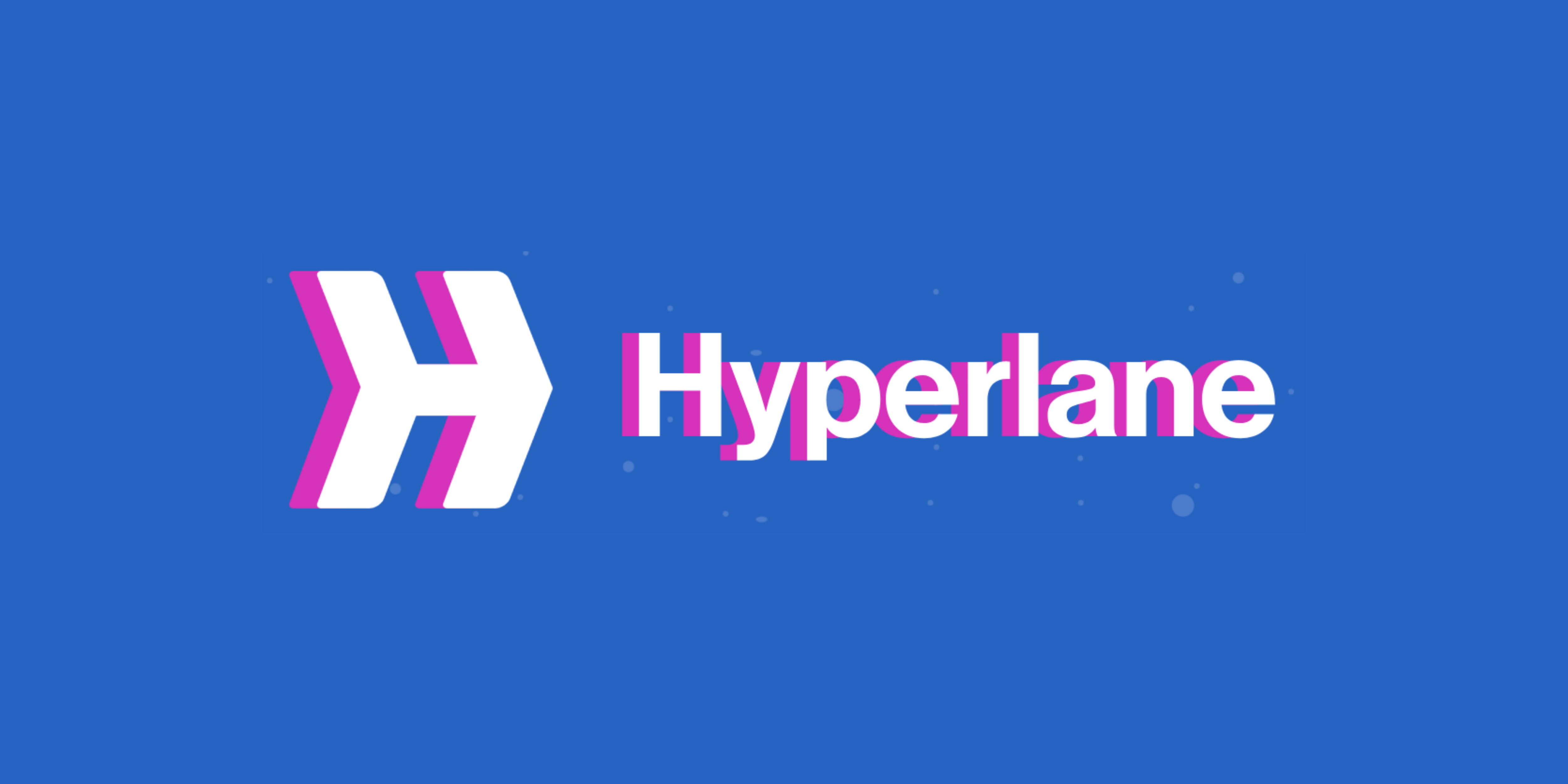Introduction
Hyperlane is an innovative and universal interoperability layer that provides permissionless and modular connectivity across blockchain environments, including layer 1s, rollups, and app chains. It facilitates seamless communication between these diverse ecosystems, enabling developers to build interchain applications with customizable security models. Hyperlane’s design prioritizes flexibility and modularity, making it a unique player in the evolving landscape of blockchain interoperability.
Innovation
Hyperlane introduces a novel approach to blockchain interoperability with its permissionless deployment feature and modular security framework. Unlike traditional interoperability solutions, Hyperlane allows any user to deploy its technology across various blockchains without requiring permissions. This democratizes access to interchain communication tools and encourages broader participation. The platform’s Interchain Security Modules (ISMs) allow developers to customize security parameters, adapting to the specific needs of their applications. This flexibility is a significant step forward in developing secure, cross-chain applications.
Architecture
Hyperlane’s architecture is centered around a modular framework that enables interoperability while ensuring security and efficiency.
- Mailbox Contracts are the core component for cross-chain message passing, ensuring secure and reliable communication between blockchains.
- Interchain Gas Paymaster is designed to manage and compensate relayers, which are critical for maintaining the integrity of message delivery across chains.
- Multisig ISM provides an additional layer of security by leveraging multi-signature verification for interchain messages, adding robustness to the overall system.
This architectural design is innovative and pragmatic, ensuring that Hyperlane can scale and adapt to the growing demands of the blockchain ecosystem.
Code Quality
Hyperlane‘s codebase reflects a strong emphasis on security, modularity, and extensibility. The use of well-documented, clean, and efficient code practices underscores the project’s commitment to maintaining high standards in software development. The integration of multi-signature mechanisms and gas management modules within the codebase highlights the team’s attention to detail in addressing both security and operational efficiency. While the project is still evolving, the code quality observed thus far suggests a mature approach to blockchain development.
Product Roadmap
Hyperlane’s roadmap outlines ambitious goals to expand its interoperability layer across multiple blockchain networks. Key milestones include:
- Expanding support for additional layer 1s and rollups.
- Enhancing the modularity and configurability of its security modules.
- Introducing new pre-built solutions to accelerate developer adoption.
- Continuous improvements in scalability and performance to handle increasing interchain traffic.
These goals are aligned with the broader vision of creating a universally accessible and secure interoperability layer that can support the diverse needs of decentralized applications (dApps).
Hyperlane Usability
From a usability perspective, well-structured developer documentation and pre-built solutions significantly lower the barrier to entry for developers looking to integrate Hyperlane into their projects. Tools like Warp Routes, Interchain Accounts, and Interchain Queries provide practical examples and ready-to-use components that can be quickly adapted and deployed. The platform’s permissionless nature further enhances its accessibility, allowing developers from various blockchain ecosystems to experiment and innovate without gatekeeping.
Team
The Hyperlane team is comprised of seasoned professionals with a strong background in blockchain technology, cryptography, and software development. Their collective expertise is reflected in the project’s robust architecture and codebase quality. While specific details about the team members are not extensively publicized, the progress and innovations seen in Hyperlane suggest a capable and forward-thinking team focused on addressing the complexities of blockchain interoperability.
Conclusion
Hyperlane represents a significant advancement in blockchain interoperability. Its modular architecture, permissionless deployment, and customizable security features position it as a versatile tool for building interchain applications. While security complexity and scalability must be addressed, Hyperlane’s approach to enabling seamless communication across diverse blockchain environments holds substantial promise. As the project continues to evolve, it has the potential to play a pivotal role in the future of decentralized, interconnected blockchain ecosystems.
| Initial Screening | |||
| Keep researching | |||
| Does this project need to use blockchain technology? | Yes | ||
| Can this project be realized? | Yes | ||
| Is there a viable use case for this project? | Yes | ||
| Is the project protected from commonly known attacks? | Yes | ||
| Are there no careless errors in the whitepaper? | Yes | ||
| Project Technology Score | |||
| Description | Scorecard | ||
| Innovation (Out Of 11) | 8 | ||
| How have similar projects performed? | Good | 1 | |
| Are there too many innovations? | Regular | 2 | |
| Percentage of crypto users that will use the project? | 6%-10% | 3 | |
| Is the project unique? | Yes | 2 | |
| Architecture (Out of 12) | 11 | ||
| Overall feeling after reading whitepaper? | Good | 2 | |
| Resistance to possible attacks? | Good | 2 | |
| Complexity of the architecture? | Not too complex | 2 | |
| Time taken to understand the architecture? | 20-50 min | 1 | |
| Overall feeling about the architecture after deeper research? | Good | 4 | |
| Has the project been hacked? | No | 0 | |
| Code Quality (out of 15) | 15 | ||
| Is the project open source? | Yes | 2 | |
| Does the project use good code like C,C++, Rust, Erlang, Ruby, etc? | Yes | 2 | |
| Could the project use better programming languages? | No | 0 | |
| Github number of lines? | More than 10K | 1 | |
| Github commits per month? | More than 10 | 2 | |
| What is the quality of the code? | Good | 2 | |
| How well is the code commented? | Outstanding | 2 | |
| Overall quality of the test coverage? | Outstanding | 2 | |
| Overall quality of the maintainability index? | Outstanding | 2 | |
| When Mainnet (out of 5) | 5 | ||
| When does the mainnet come out? | Mainnet | 5 | |
| Usability for Infrastructure Projects (out of 5) | 3 | ||
| Is it easy to use for the end customer? | Medium | 3 | |
| Team (out of 7) | 6 | ||
| Number of active developers? | 5+ | 2 | |
| Developers average Git Background? | Senior | 2 | |
| Developers coding style? | Solid | 2 | |
| Total Score (out of 55) | 48 | ||
| Percentage Score | |||
| Innovation | 14.55% | ||
| Architecture | 20.00% | ||
| Code Quality | 27.27% | ||
| Mainnet | 9.09% | ||
| Usability | 5.45% | ||
| Team | 10.91% | ||
| Total | 87.27% |





